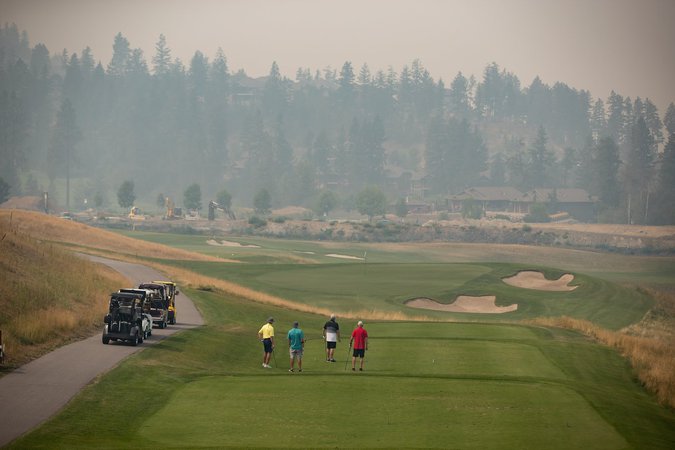
AI wildfire early detection system is like a fire alarm in the forest, says chief
VERNON, BRITISH COLUMBIA, CANADA — Vernon Fire Chief David Lind likens the Interior B.C. city’s new artificial-intelligence-driven wildfire detection system to a fire alarm in the forest.
The system involves cameras and scores of air sensors scattered among trees and other high points, collecting data that is fed into an AI system for analysis.
Its creator, Vancouver-based tech firm SenseNet, says it warns firefighters when it detects a pattern indicative of ignition and allows for a response within minutes instead of an hour or more when using traditional visual detection.
“It’s an exciting technology in that it’s really applying almost that fire-alarm system that we see in large buildings, where you’ve got every section of the building covered by some type of a monitor feeding back into a system that provides early notification to everyone … and almost taking that and applying it in an outdoors setting,” Lind said.


